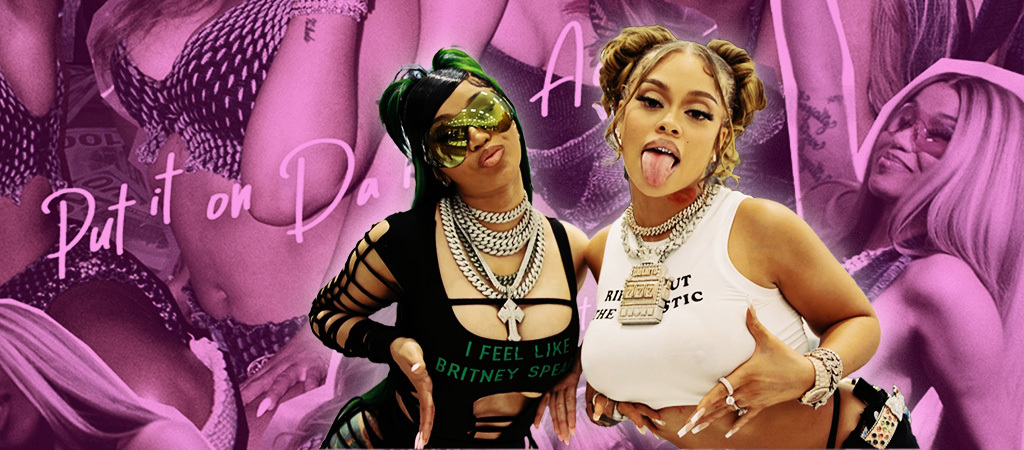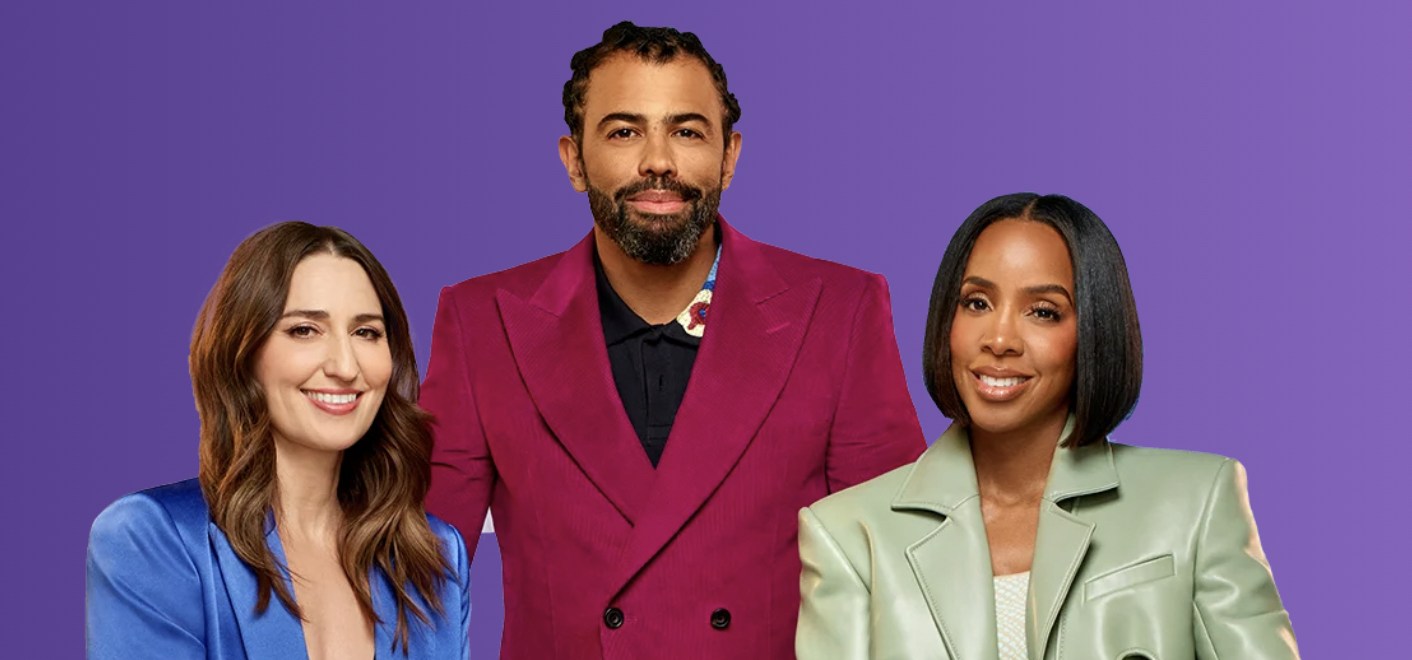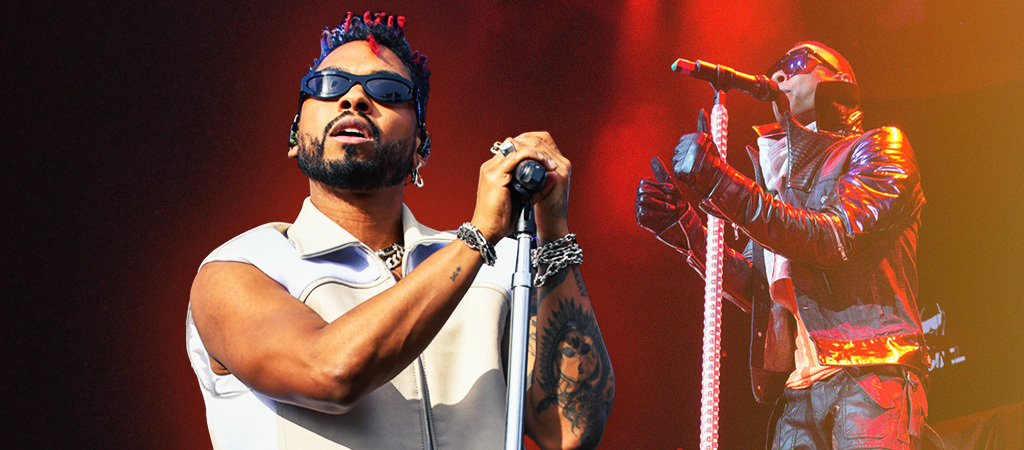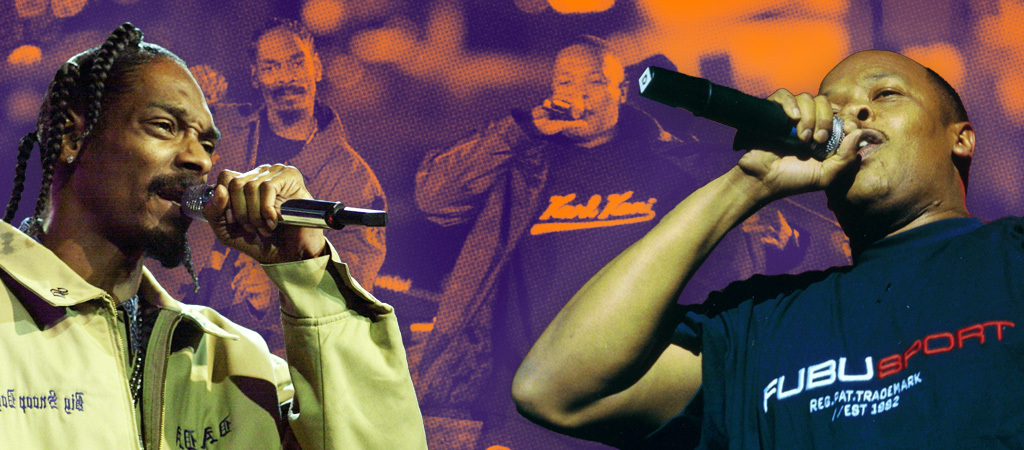
On a night celebrating 50 years of hip-hop, the BET Awards on Sunday (June 25) got to witness the “Big Latto Show.”
“When it comes to Big Latto and DJ Von, it’s always on the floor!” her official tour DJ said.
Nominated for Best Collaboration and Best Female Hip-Hop Artist, Latto’s “Put It On Da Floor” performance was inspired by her Walmart runs with the gang on TikTok, taking the supermarket to Culture’s Biggest Night as she energized the crowd with choreography and a bit of extra sauce to emphasize some of her lyrics. It got everyone dropping low — even Boosie Badazz, who fell hard on his ass.
Wearing an all-white outfit that mirrored a plastic bag with “I been acting brand new” in red letters as its logo, her performance concluded with plastic bags being thrown at her feet. She ripped out of her top like she was, ahem, acting brand new as the lights when dark, and the camera zoomed in on “RIP Shawty Lo” to pay respect to his song “Dunn Dunn,” which Latto references in her hook.
Later in the evening, Latto won Best Female Hip-Hop Artist over Cardi B, Coi Leray, GloRilla, Ice Spice, Megan Thee Stallion, and Nicki Minaj. Visibly excited on stage, Latto said she wasn’t going to cry this year.
“Shout out to all the other women in the category, all the women to pave the way for this to even be possible,” Latto said. “This category is going crazy this year. Shout out to some women I think should’ve been in the category: Doechii, Maiya the Don, Flo Milli, Mello Buckzz, TiaCorine. Shout out to all the women, we killing it. This is the year of women. Hopefully, we gonna see an all-female tour very soon.”
The accolade doesn’t lie. Latto’s time is now. Fans are obsessed with shouting back the opening line, “Rip me out the plastic, I been acting brand new” when they hear “Put It On Da Floor” and “Put It On Da Floor Again,” the song’s remix with Cardi B. It’s a memorable lyric that fueled a “Rip Me Out The Plastic” TikTok challenge that has people embracing being fresh out of the box in appearance, hairstyles, nail transformations, academic achievements… you name it.
The 24-year-old rapper’s latest single finds her swinging the pendulum from the upbeat, pop sound heard in “Lottery” and “Big Energy” back to familiar territory: she’s popping off over a hard-hitting beat. “Put It On Da Floor Again” is bold and addictive, with bars on bars for captions from both Big Latto and Bardi. It has all the right ingredients to deem it the song of the summer, following a formula that Latto has mastered as a Gen Z artist who keeps her Jackpots engaged through social media, where she talks directly to them, and curates her singles for a TikTok generation who consumes them religiously.
Produced by Go Grizzly, Squat Beats, and Pooh Beatz, Latto’s original version, “Put It On Da Floor,” was released officially on streaming services on April 21, with the video serving as a Coachella 2023 recap that seemingly responded to claims that she doctored photos of her crowd. Latto’s versatility as a hitmaker shows in how much Clayton County has raised her, never going too mainstream to infuse a song with explicit lyrics and Atlanta strip club swagger.
When she was catching flack for the change-up in style for “Big Energy,” she told Uproxx in our 2021 December cover story, “I wanted to push myself. I wanted to challenge myself. Honestly, when you’ve been rapping since eight years old, you got to find new inspiration and new sparks. I just wanted to try something different and I didn’t really give a fuck whether people liked it or they didn’t because this was for me.” The point is, Latto is finally free to rap about what she wants to rap about after her “Big Energy” moment, as long as it remains meaningful to her.
Latto is an example of someone who takes it on the chin and keeps pushing. It’s why people love her immense Capricorn energy too. She hustles every new single like it’s the next one to pop regardless of outside forces working against her. Early predictions indicated that the contenders for “Song of the Summer” were Lil Uzi Vert’s “Just Wanna Rock” and Coi Leray’s “Players,” both Billboard Hot 100 top 10 hits. But the pool has now widened to include not only “Put It On Da Floor Again,” but Sexyy Red’s “Pound Town,” IDK’s “Pinot Noir,” DaBaby’s “SHAKE SUMN,” and Baby Keem and Kendrick Lamar’s “The Hillbillies.” Depending on who you ask, there’s no clear winner yet.
Latto’s strategy of doing a remix extends the life cycle of her record just like “Big Energy” getting a remix by Mariah Carey and DJ Khaled, which helped it move from No. 14 to No. 3 on the Hot 100 in 2022. This time around, Latto showed her Jackpots that Cardi B would be on “Put It On Da Floor Again” by participating in her own “Rip Me Out the Plastic” challenge for the reveal. Cardi B’s Midas touch helped boost streams previously when she was a guest feature on GloRilla’s “Tomorrow 2” and Kay Flock’s “Shake It.”
Since “Put It On Da Floor Again” released on June 2, Latto has been captured at strip clubs rapping along to the song, throwing fresh ones on the floor with a plastic bag over her head. By mid-June, “Put It On Da Floor Again” debuted at No. 13 and is currently at No. 39 on the Hot 100 in the week ending on July 1, supporting Cardi B’s streak of working with new female rappers and keeping the unity strong.
Cardi B has been a fan of Latto since 2020, where you can pull receipts of her talking to Bardi Gang about her and encouraging her to drop “Another Nasty Song” by teasing its lyrics. Cardi B and Megan Thee Stallion also featured Latto in the “WAP” video alongside breakout stars like Normani, Rosalía, Sukihana, and Rubi Rose because Cardi liked her music and believed she would break into the mainstream.
“I am so proud,” Cardi told Latto during an IG Live before the midnight release of “Put It On Da Floor Again.” “’Cause I have been in the studio for a couple of months, and it’s like, ‘Oh my gosh, I want her to win so bad.’” She added the record inspired her to return to the booth after dealing with anxiety over releasing music.
“I’ve been patiently waiting my turn,” Latto replied. “I have seen her probably two-three times. I probably sent her two-three songs and she always responds every time, the realest bitch ever. And it just ended up being the time.”
“Put It On Da Floor Again” is incredibly catchy because Latto and Cardi B are genuine friends. In interviews, Latto has given praise to Cardi B for being in her corner, sharing advice on things she’s done before, and remaining focused. The video features cameos by the producer Go Grizz, Cardi B’s husband Offset, and Louisiana State University forward Angel Reese. Latto and Cardi B’s on-screen chemistry is cute as they turn up at a house party and a high-end jewelry store. They are having so much fun that it adds to the song’s playfulness when you hear it outside.
Both are about finding organic collaborators that aren’t manufactured by their labels or A&Rs. That’s why you hear Cardi B matching her cadence and flow, taking extra care in ensuring every line just had enough words. “I had to make sure the bars weren’t too long and they weren’t too short,” Cardi said during an IG Live breaking down her verse while munching on some Popeye’s. “Every single time I kept rapping I was like, ‘God fucking damn, I feel like I’m missing a word. And then we would add a word and now it’s too much fucking words. It was kinda hard, but we made it.”
To have a shot at the Song of the Summer title is making a record that’ll be undeniably everywhere. Latto and Cardi B are working “Put It On Da Floor Again” at every major concert appearance so far, performing it at Summer Jam 2023 and Birthday Bash ATL when 21 Savage brought them out. The impact is starting to be felt, where people bring plastic bags to the club to rip themselves out of it and court correspondents are dropping lyrics during trial recaps to lighten the mood. The momentum includes getting her friends Yung Miami and GloRilla to do their own versions, a nostalgic nod to blog-era freestyles.
There are still plenty of days of summer left to crown a champion. If this prediction becomes a spoiler, “Put It On Da Floor Again” is going down in history as one of those songs leading a cultural reset of rap fans embracing female rap anthems and their ratchet sides again.
Some artists covered here are Warner Music artists. Uproxx is an independent subsidiary of Warner Music Group.








